Today we visited one of the most bucolic scenery of the Costa Brava. Occupied by the Club Med from 1962 until its closure in 2004, this beautiful landscape in Cadaqués has spectacular beaches. Now you can visit finally this place with no restriction, as years before it was a private area of our coastline, property of this private club.
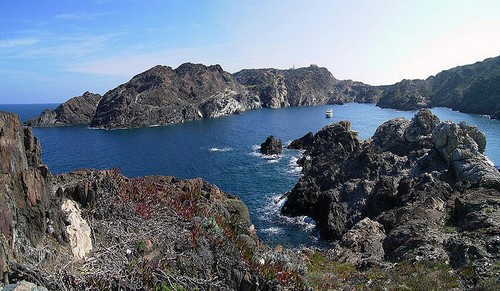
Cala Culip, in the middle of the Cap de Creus, near Cadaqués, Costa Brava, Spain
The recovery of this unique landscape has taken years of demolition of the 400 apartments built during the spanish Franco dictator era, when the Cap de Creus had no legal protection status, and it could not be defended from predator urbanism. This has been the largest demolition project conducted by a country on the Mediterranean coast. And finally you can visit the reopened terrain of 4,5 hectares to enjoy coves of impressive beauty.
One of the most interesting creeks in the area is Cala Culip which, until the departure of Club Med, incredible as it may seem, could only be visited by you through a “visitor pass” issued by the Club. It’s just a few kilometers from the Cap de Creus lighthouse it has one of the few beaches in the area where you can anchor if you come by boat. From ancient times many tried to anchor, although some eventually finished sinking when the Tramuntuna north wind was so strong that they were pushed onto the rocks.
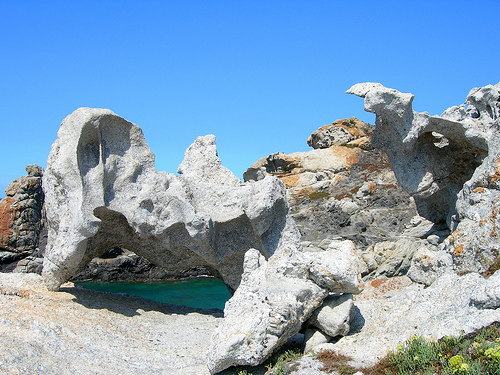
Geological rock shapes we observe in Pla de Tudela are really surprising
Therefore Cala Culip is a known place of shipwrecks (delericts) from ancient Rome and Greece, many of which have already been investigated. The geological landscape of this cove is truly breathtaking and the pictures show the capricious ways that the erosion of wind and water have given these rocks.
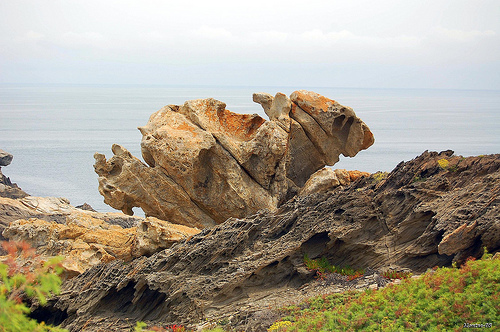
Another beautiful example that water and wind effects have made into Pla de Tudela landscape
Opposite the creek rises, imposing, the Culleró island, made of geological forms as original and surprising as those surrounding the island.
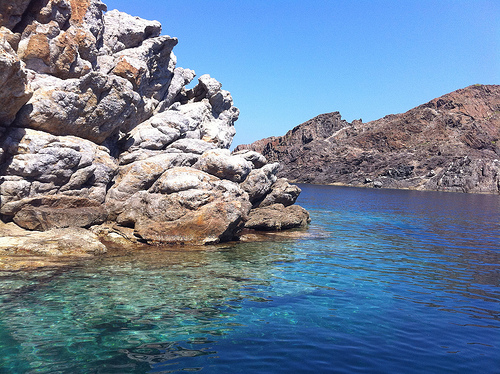
Cala Culip waters are clean, blue even almost transparent
The Pla de Tudela and Cala Culip are surely some of the most unknown and hidden places of the Costa Brava, and their ravishing beauty will make your visit an unforgettable experience.
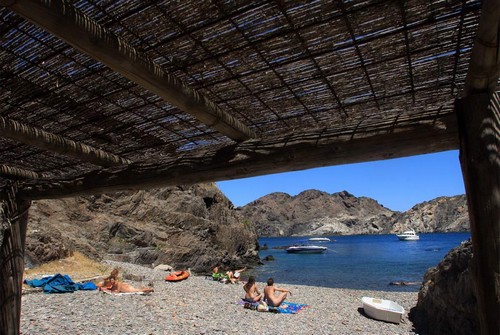
Cala Culip has a little beach with sand where you can sunbath







